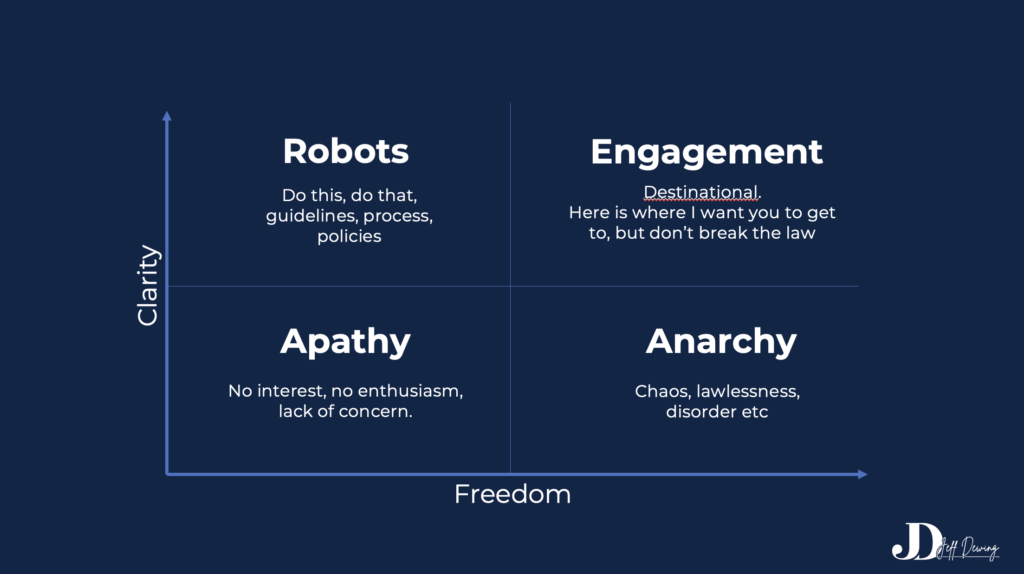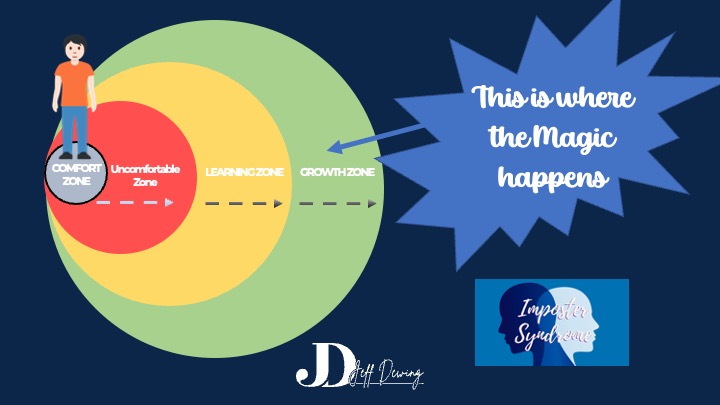Blog

We often think of sport as a metaphor for business. We love to learn from leaders like Sir Alex Ferguson or Sir Clive Woodward and attempt to create our teams in their image.
Sport is a fountain of wisdom for creating high-performing cultures, and in fact Sir Clive was my first ever podcast guest. But sometimes we focus on the wrong elements of sporting success when we try to implement these lessons in the business world.
We often see sport as a world of maintaining performance standards and dealing with pressure rather than one of nurturing and growth.
Attempting to recreate the single-minded focus of an athlete fixated on victory, for example, is a recipe for disaster in business. Instead, I’m going to focus on the role of coaches and managers – just as important in the world of business as they are in the world of sport.
Why Managers aren’t always Coaches
Managers, like Ferguson and Woodard are tasked with building teams and ensuring goals are hit. They provide clear direction by setting targets, offering feedback, and making the critical decisions. Their relationship with the team is often hierarchical, with a clear chain of command, and their primary focus is to hold the team accountable for meeting performance objectives.
But, when it comes to workplace culture, I don’t like my managers to be ‘managers’ in this sense – I always ask them to be ‘coaches’.
Unlike a manager, a coach is a skillful mentor, dedicated to unlocking the full potential of their team members. Their emphasis lies in guiding individuals towards personal growth by developing new skills and perspectives.
They don’t need to give direct orders, but they provide direction to help team members uncover their own insights and problem-solving skills. Their relationship with their team members is based on collaboration, trust, and mutual respect.
Where managers are task-oriented, coaches are people-oriented. Managers prioritise efficient execution of tasks and maintaining productivity, whereas coaches prioritise individual and team development. Managers’ interactions are often directive, ensuring targets are met, whereas coaches foster an environment where team members are encouraged to take ownership of their growth and decisions.
Put simply, a manager marks your homework, while a coach helps you get the best grade.
What Ferguson, Woodward and all the great sporting coaches realise is that they aren’t the ones that have to go onto the pitch and perform. They can’t solve all the problems, play every pass, or score every try. They need their team to be able to think on their feet in real time.
Business leaders need that from their teams too – because no matter how good a CEO you are, you can’t send every email or take every meeting.
Elite sport is the ultimate pressurised, cut-throat world, but don’t make the mistake of thinking that the best managers are snarling disciplinarians who rule with an iron fist. The best teams are nurtured by coaches who help individuals reach their full potential.
If you want your managers to create winning teams, make sure they act like coaches first.










